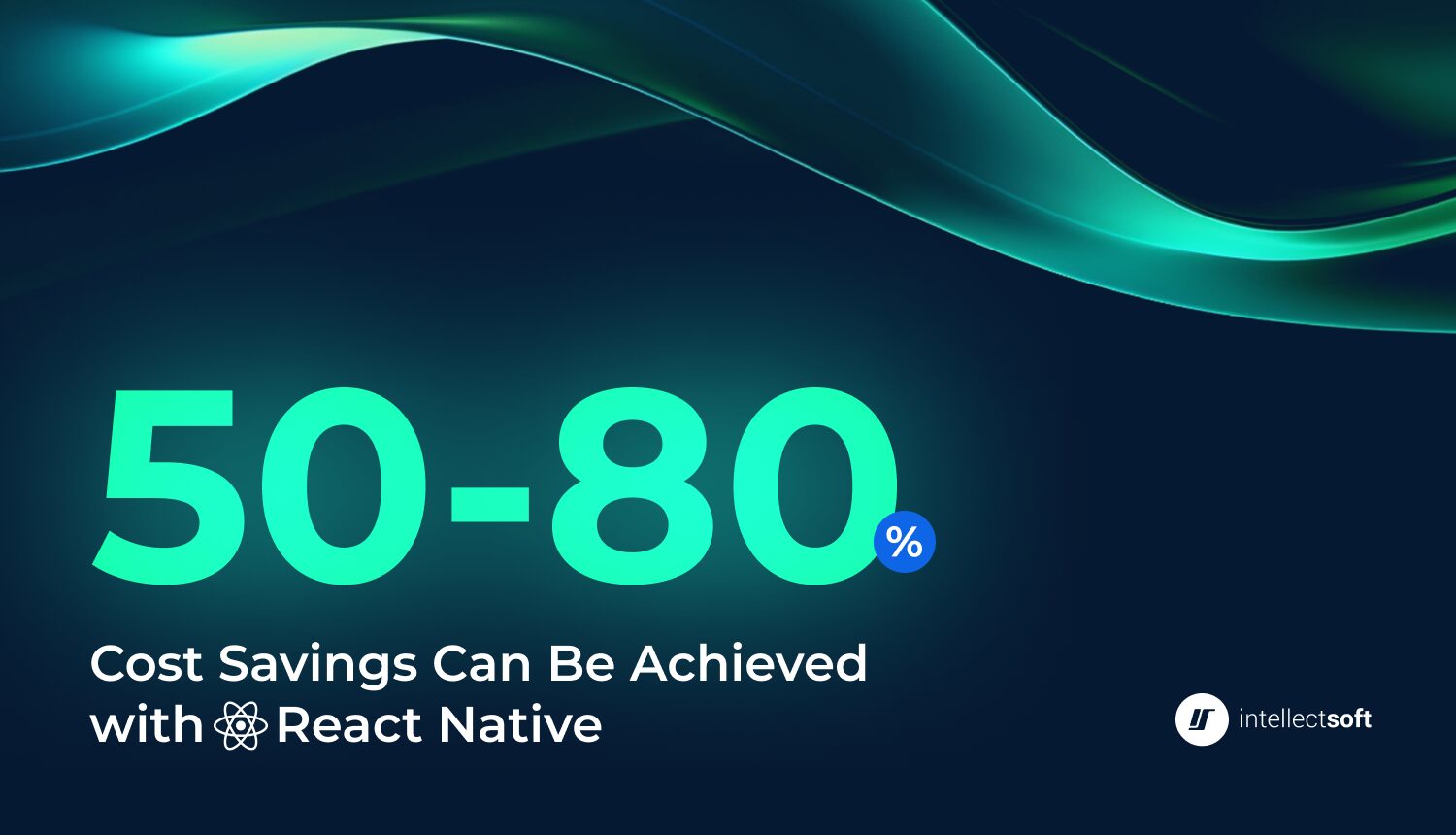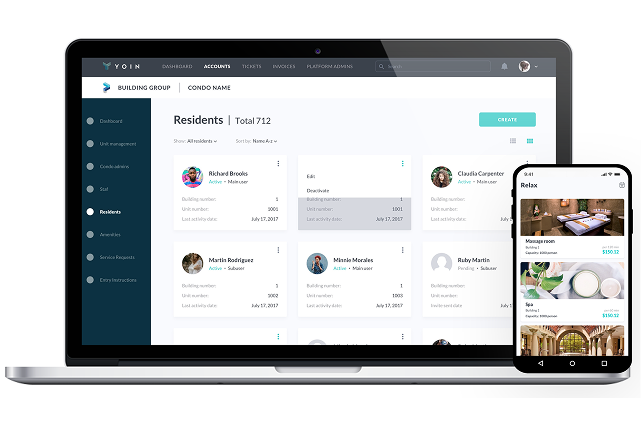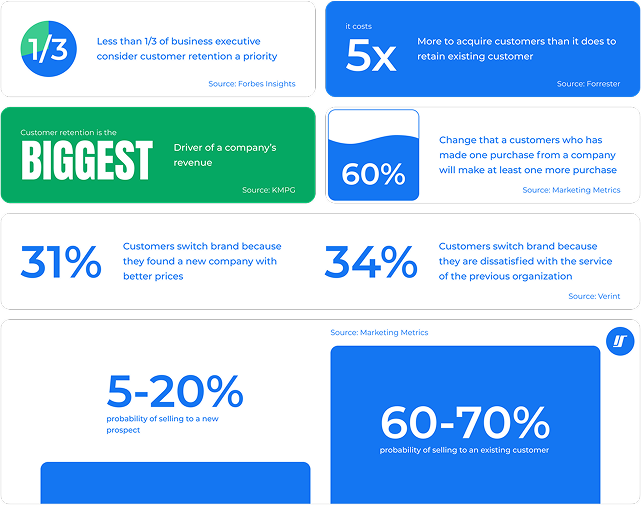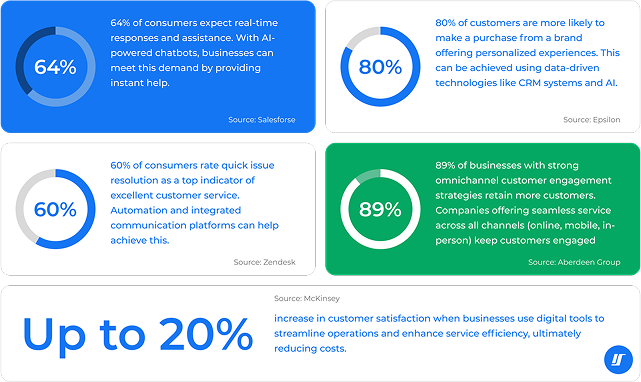In today’s fast-paced digital economy, businesses must make a strategic choice when developing mobile applications: Should they invest in native development, which offers optimal performance but demands higher costs, or opt for cross-platform frameworks, which promise efficiency but may come with trade-offs in performance and flexibility? This decision directly influences scalability, development budgets, time-to-market, and the robustness of React Native app architecture, ensuring long-term maintainability.
For companies evaluating is React Native cross platform, the answer is a resounding yes. Cross-platform frameworks like React Native streamline development by enabling engineers to write a single codebase that runs on both iOS and Android. This unified approach can reduce development expenses by approximately 30% compared to building separate native apps. By leveraging cross platform React Native, businesses can reduce development efforts and speed up deployment cycles, but the framework choice remains a key factor in application responsiveness, maintainability, and scalability.
Why Choosing the Right Technology Matters
The selection of a mobile development framework is more than just a technical preference – it’s a strategic decision that impacts several core business objectives:
Scalability
The ability to accommodate increasing user demand, expand feature sets, and integrate with emerging technologies without requiring extensive rework. A well-chosen framework should allow seamless growth while maintaining performance and stability as the application evolves.
Cost Efficiency
Efficient resource allocation is essential for optimizing development budgets. Cross-platform solutions minimize duplicated effort, reduce the need for separate development teams for iOS and Android, and lower ongoing maintenance costs – all while enabling faster feature releases.
Speed-to-Market
Accelerated development cycles provide a significant competitive advantage, particularly in industries where rapid innovation is key. A framework that supports code reusability, hot-reloading for instant UI updates, and a robust third-party library ecosystem can dramatically cut down on development timelines.
Long-Term Maintainability
The right framework should not only meet current project needs but also future-proof the application. This includes strong community support, frequent updates to align with OS advancements, and robust third-party integrations that ensure long-term stability and adaptability to new technological trends.
React Native: A Leading Framework
Among the various cross-platform development solutions available today, React Native has established itself as a top choice for enterprises prioritizing flexibility, scalability, and performance. Developed and maintained by Meta (formerly Facebook), React Native allows developers to build mobile applications using JavaScript and React, enabling a unified development experience across web and mobile ecosystems.
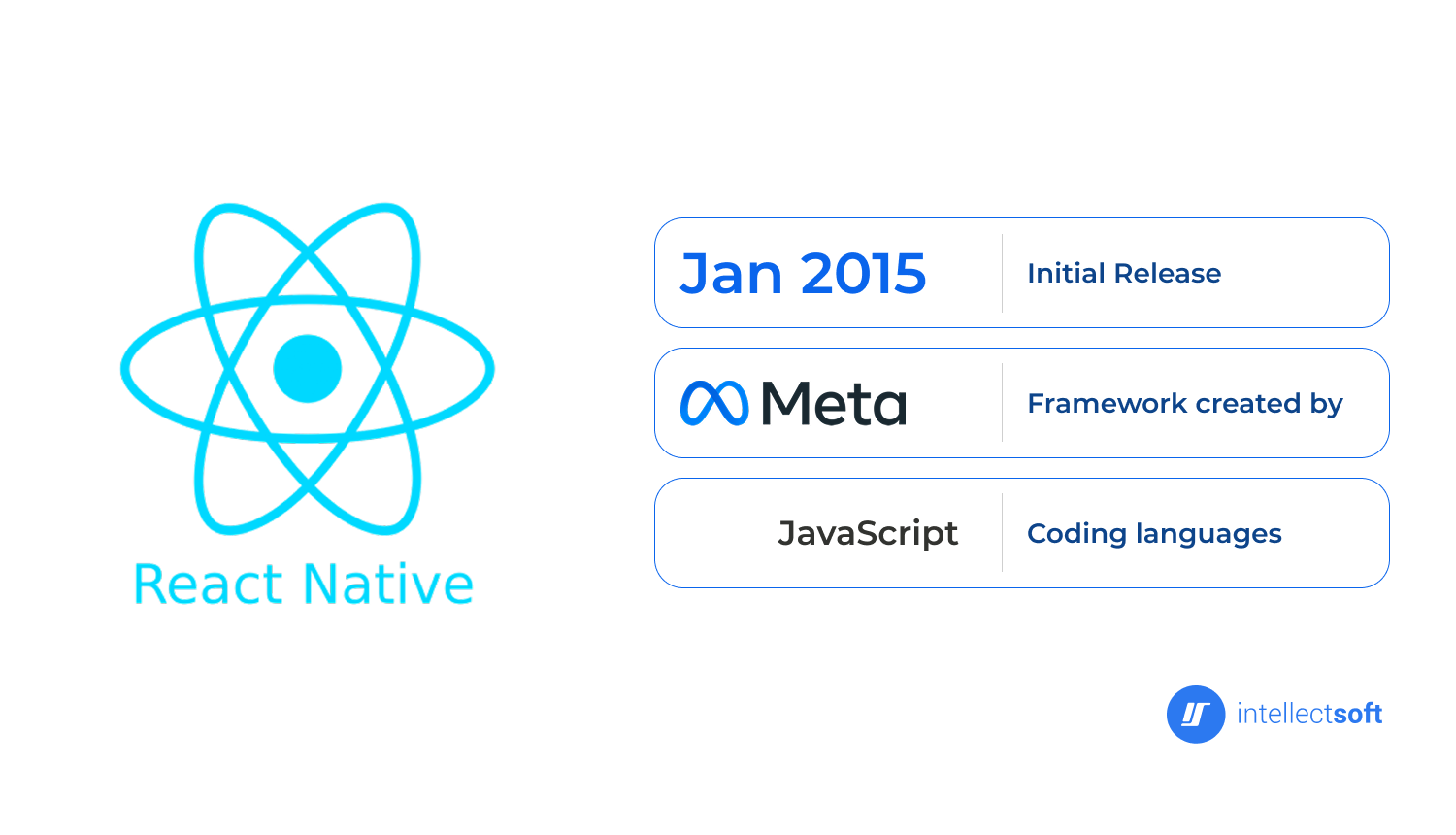
With its extensive open-source ecosystem, prebuilt component libraries, and growing enterprise adoption, React Native offers a compelling balance between efficiency and native-like performance. As more businesses seek scalable, cost-effective solutions without compromising on user experience, React Native continues to be a preferred framework for aiming to optimize their mobile development strategy.
This article will explore the benefits of React Native, alongside its core advantages, common challenges, and real-world applications.
React Native vs. Flutter: A Balanced Comparison
When evaluating React Native and Flutter for cross-platform mobile development, both frameworks offer strong capabilities, but React Native’s mature ecosystem and native integration provide distinct advantages.
UI Rendering Approach
React Native translates JavaScript into native components, ensuring a seamless, platform-consistent experience that aligns with iOS and Android design standards. Flutter, on the other hand, uses a custom rendering engine to draw UI elements pixel-by-pixel. While this allows for a uniform design across platforms, it may not always feel as “native” as React Native applications.
Performance Considerations
Flutter is often praised for its high-performance rendering and Ahead-of-Time compilation, reducing runtime overhead. However, React Native, particularly with recent updates like the Fabric architecture and TurboModules, has significantly improved its efficiency. For most applications, React Native delivers a highly responsive experience while benefiting from direct access to native components.
Market Adoption & Community Support
With backing from Meta, React Native has built a vast developer community and an extensive ecosystem of third-party libraries, making it a preferred choice for enterprise-grade applications. Flutter, supported by Google, is growing rapidly and gaining traction, but its ecosystem is still catching up in terms of widely adopted libraries and industry adoption.

Advantages of React Native
React Native stands out by offering a compelling blend of features that contribute to a robust and future-proof mobile ecosystem, clearly demonstrating its react native advantages. With over two decades of experience in technology leadership, I have seen firsthand how React Native can deliver enterprise-grade applications that are both flexible and efficient. Unlock the Benefits of React Native↗.
Key Advantages of React Native
- Code Reusability & Portability: Single codebase across iOS, Android, and web.
- Prebuilt Libraries & Community Support: Extensive open-source ecosystem.
- Efficient Development Process: Shared resources between mobile and web teams.
- Easier Maintenance & Updates: Faster iterations with unified code management.
- Enterprise-Grade Scalability: Proven with large-scale, resilient applications.
The React Native mobile app architecture empowers development teams to build a single, unified codebase that operates seamlessly on iOS, Android, and web platforms, driving exceptional code reusability and portability. This approach leverages the mature React web framework, enabling the sharing of components, business logic, and validation libraries across multiple platforms. The result is a streamlined development cycle that accelerates time-to-market and reduces long-term maintenance burdens.
Considerations When Choosing React Native
When architecting scalable cross-platform solutions, selecting the right framework is critical for successful React Native cross-platform development. A common consideration is can React be used for mobile apps, and React Native provides a compelling answer by enabling efficient development across iOS and Android with a shared codebase. React Native offers significant advantages, but it also comes with considerations that can impact long-term maintainability, integration complexity, and compliance requirements. Below, we explore key factors that businesses should evaluate before committing to React Native.
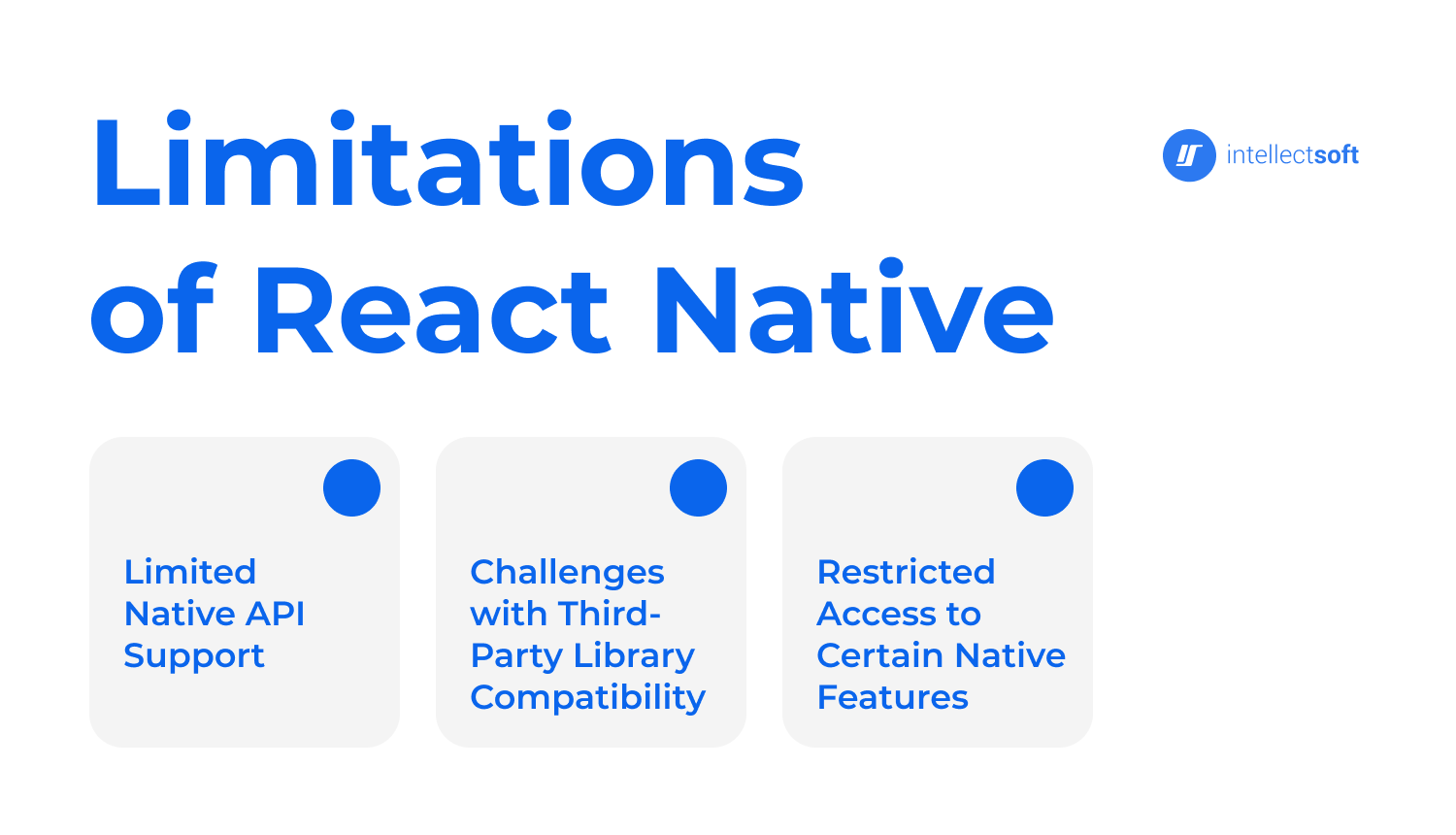
Compatibility with OS Updates
One of the inherent challenges of React Native is the potential lag in supporting the latest operating system updates and hardware advancements. Unlike native development, where updates can be applied immediately, React Native relies on the framework’s community and maintainers to roll out compatibility patches. This delay can result in temporary inconsistencies, especially when major OS releases introduce new features or UI changes.
Third-Party Integrations
Enterprise applications often rely on complex third-party services, including authentication providers, payment gateways, and analytics tools. While React Native supports a wide range of integrations, its abstraction layer can introduce additional complexity when integrating deeply embedded SDKs or hardware-dependent functionalities. Compatibility issues may require custom native modules, increasing development overhead and ongoing maintenance efforts. Careful evaluation of third-party dependencies and their React Native support is crucial for ensuring a stable and scalable solution.
Security & Compliance
Building secure and compliant applications requires a proactive approach to risk mitigation. While React Native provides flexibility, it’s essential to implement best practices to safeguard data, prevent vulnerabilities, and adhere to industry regulations.
Key security considerations
- Data encryption for secure storage and transmission
- Secure authentication mechanisms, including biometrics and multi-factor authentication
- Code obfuscation and anti-reverse engineering techniques
- Regular dependency audits to mitigate risks from third-party libraries
- Compliance with industry standards, such as GDPR, HIPAA, and PCI-DSS
By integrating these security measures early in the development process, organizations can minimize risks and ensure that their React Native cross-platform development applications remain resilient against evolving threats.
Cost Efficiency
One of the key advantages of React Native is its ability to optimize development costs without compromising performance or scalability, showcasing React Native advantages in modern app development. By enabling a single codebase for both iOS and Android, businesses can significantly reduce resource allocation, maintenance expenses, and time-to-market, leading to a stronger return on investment.
Resource Allocation
Developing separate applications for iOS and Android can double engineering costs. React Native eliminates this redundancy, allowing companies to allocate resources more efficiently and achieve 50-80% cost savings compared to maintaining separate native development teams.
Key cost-saving benefits include
- Unified development team, reducing hiring and operational expenses.
- Faster development cycles by leveraging reusable components.
- Lower infrastructure costs due to reduced backend complexity.
- Streamlined updates through over-the-air deployments, minimizing app store approval delays.
Total Cost of Ownership
Beyond initial development savings, React Native also lowers long-term maintenance costs. With a shared codebase, updates, bug fixes, and new features can be deployed simultaneously across platforms, reducing ongoing engineering overhead. Additionally, the strong community and active framework support ensure that businesses can leverage new optimizations without constant refactoring.
Scalability & ROI
A faster development cycle directly translates to quicker go-to-market execution, giving businesses a competitive edge with efficient React Native app building. React Native’s efficiency not only reduces upfront investment but also enhances scalability, making it easier to adapt to growing user bases and evolving business needs.
Key ROI factors
- Reduced time-to-market with a shared codebase.
- Lower long-term maintenance costs compared to native solutions.
- Scalable architecture that supports future expansion.
- Improved developer productivity, increasing feature velocity.
By leveraging these advantages, businesses can allocate resources toward innovation and user acquisition rather than excessive platform-specific development, thanks to a robust React Native mobile app architecture. This cost efficiency makes React Native a compelling choice for startups and enterprises looking to maximize their software investment.
React Native in Action
Salesforce has effectively leveraged React Native to enhance its mobile application offerings, demonstrating the framework’s capability to deliver robust cross-platform solutions. The Salesforce Mobile SDK includes sample applications built with React Native, such as the MobileSyncExplorerReactNative app. These samples showcase how developers can create mobile applications that seamlessly integrate with Salesforce data and services, providing a native user experience across both iOS and Android platforms.
Tech Stack
- React Native
- JavaScript
- Salesforce Mobile SDK
- Heroku Connect
- Heroku Postgres
- Express.js
Team Composition
- React Native Developers
- Backend Engineers
- Salesforce Developers
- UI/UX Designers
- Quality Assurance Engineers
- Project Managers
Development Process
The development process began with setting up the Salesforce Mobile SDK environment, which supports React Native. Developers utilized the forcereact command-line tool to create React Native projects tailored for Salesforce integration. This setup allowed for rapid development cycles, as React Native’s hot-reloading feature enabled immediate feedback during the coding process.
To ensure seamless data synchronization between the mobile app and Salesforce backend, the team employed Heroku Connect. This service synchronized data between Salesforce objects and a Heroku Postgres database in real-time. An Express.js server acted as a middleware API, handling data requests from the React Native app and interfacing with the Heroku Postgres database. This architecture ensured that the mobile application had efficient and secure access to Salesforce data.
Impact
By adopting React Native, Salesforce demonstrated the feasibility of developing high-performance, cross-platform mobile applications that integrate deeply with their CRM system. This approach not only streamlined the development process but also ensured a consistent user experience across devices, highlighting React Native app architecture as a powerful solution for enterprise-level applications.
Is React Native Right for Your Business?
When choosing a mobile development framework, businesses must balance cost, scalability, and performance. Is React Native cross-platform? Yes – its single codebase approach allows for simultaneous iOS and Android development, reducing costs and accelerating time-to-market. This makes it a strong contender for companies looking to streamline development while maintaining a high-quality user experience with a robust React Native app architecture. However, the decision isn’t one-size-fits-all. Factors like app complexity, performance requirements, and long-term maintainability should guide the choice between React Native and fully native development.
When to Choose React Native
- You need a cost-efficient, cross-platform solution.
- Faster time-to-market is a priority.
- Your app shares logic across mobile and web.
When to Consider Native Development
- Your app requires deep native integrations or high-performance processing.
- You need immediate access to the latest OS updates.
- Your team specializes in Swift/Kotlin.
React Native offers a strong balance of cost efficiency, scalability, and speed, making it a great choice for many businesses. However, the decision should be guided by your app’s complexity, performance needs, and long-term strategy. While it excels in cross-platform development, native solutions may still be preferable for applications requiring deep OS integration, advanced animations, or real-time processing.
At Intellectsoft, we specialize in crafting high-quality, scalable React Native applications tailored to your business needs. Whether you’re launching a new product or optimizing an existing one, our team ensures a seamless development process with best-in-class performance. Let’s discuss how we can help you build a powerful mobile solution↗.
Source link








